EPA’s Power Plant Rule is Not Bold. It’s What’s Required.
Legal Planet
MAY 11, 2023
still does not limit carbon emissions from existing power plants, which generate 25 percent of our greenhouse gases. The EPA is proposing a new standard for fossil fuel-fired power plants to avoid 617 million metric tons of carbon dioxide through 2042. In the year 2023, the U.S. Long story short, they did and it is.


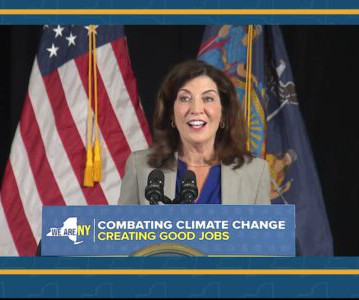
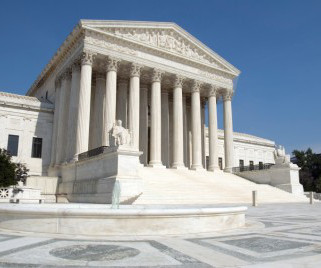

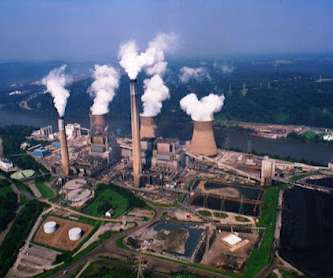
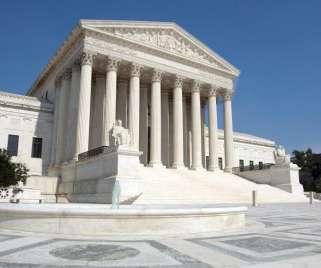
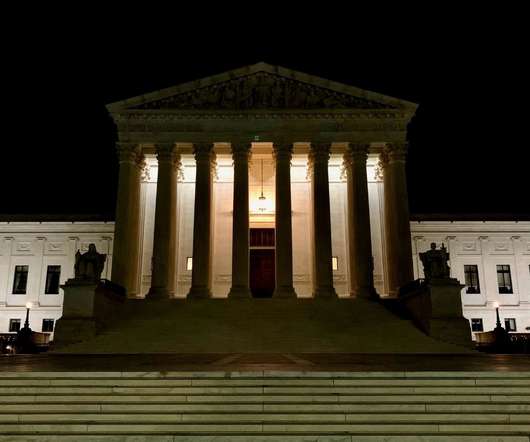





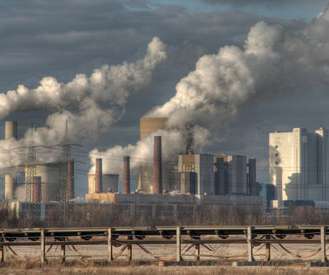

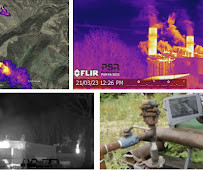


















Let's personalize your content